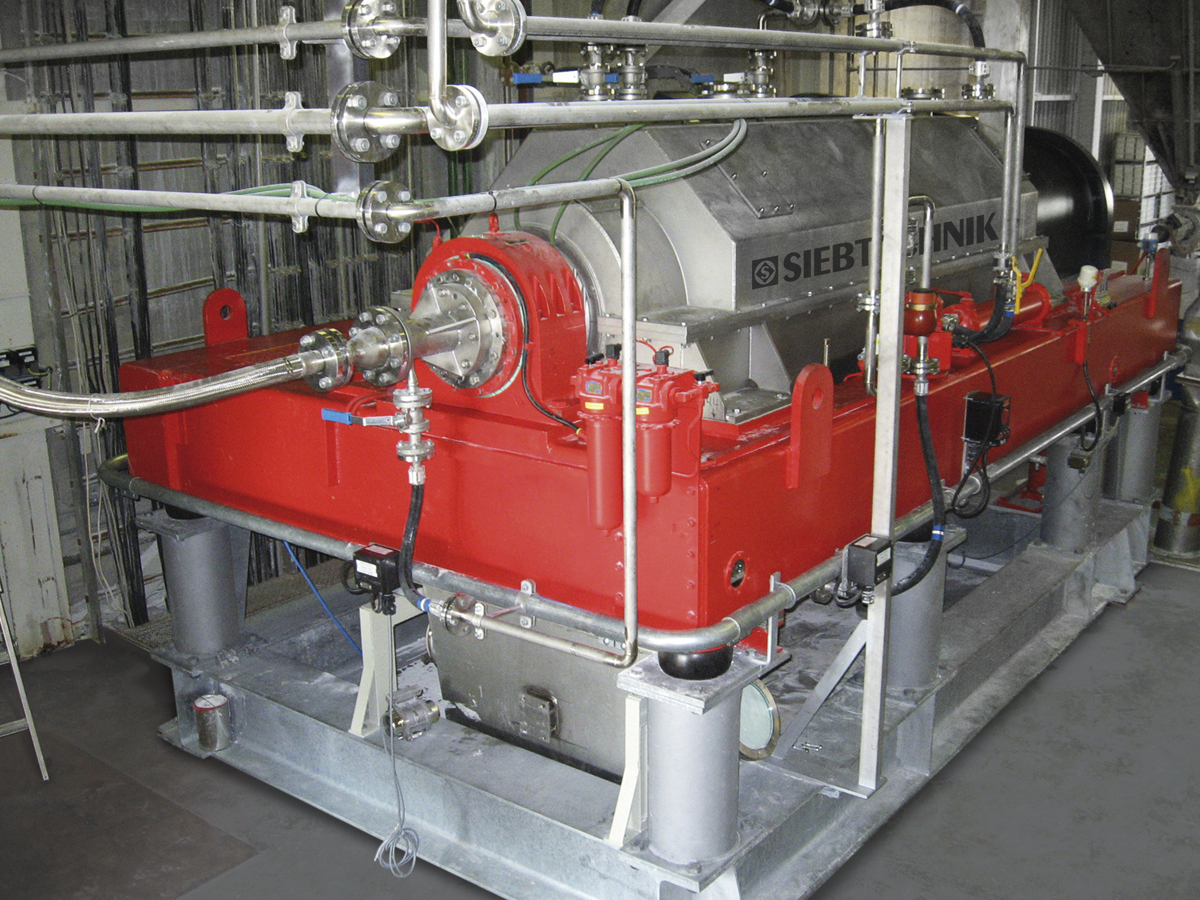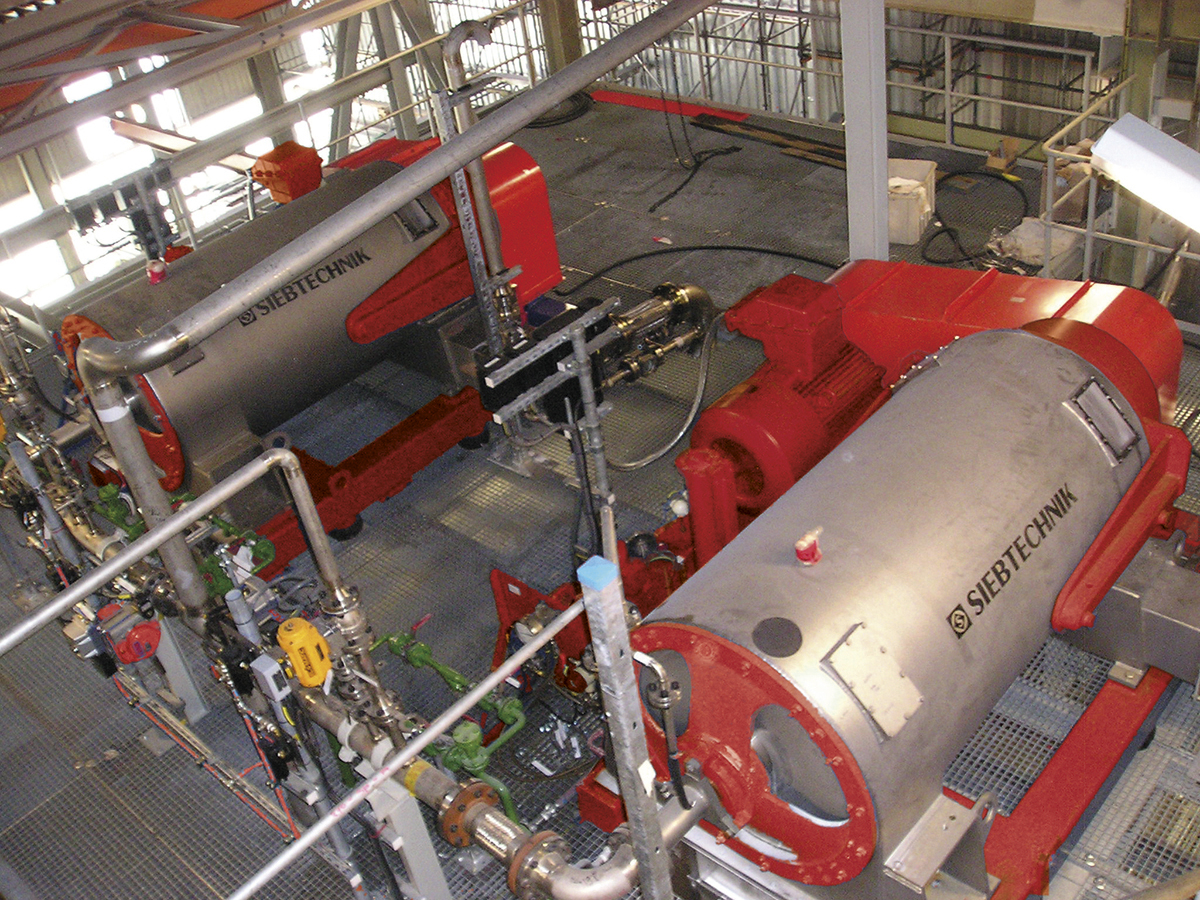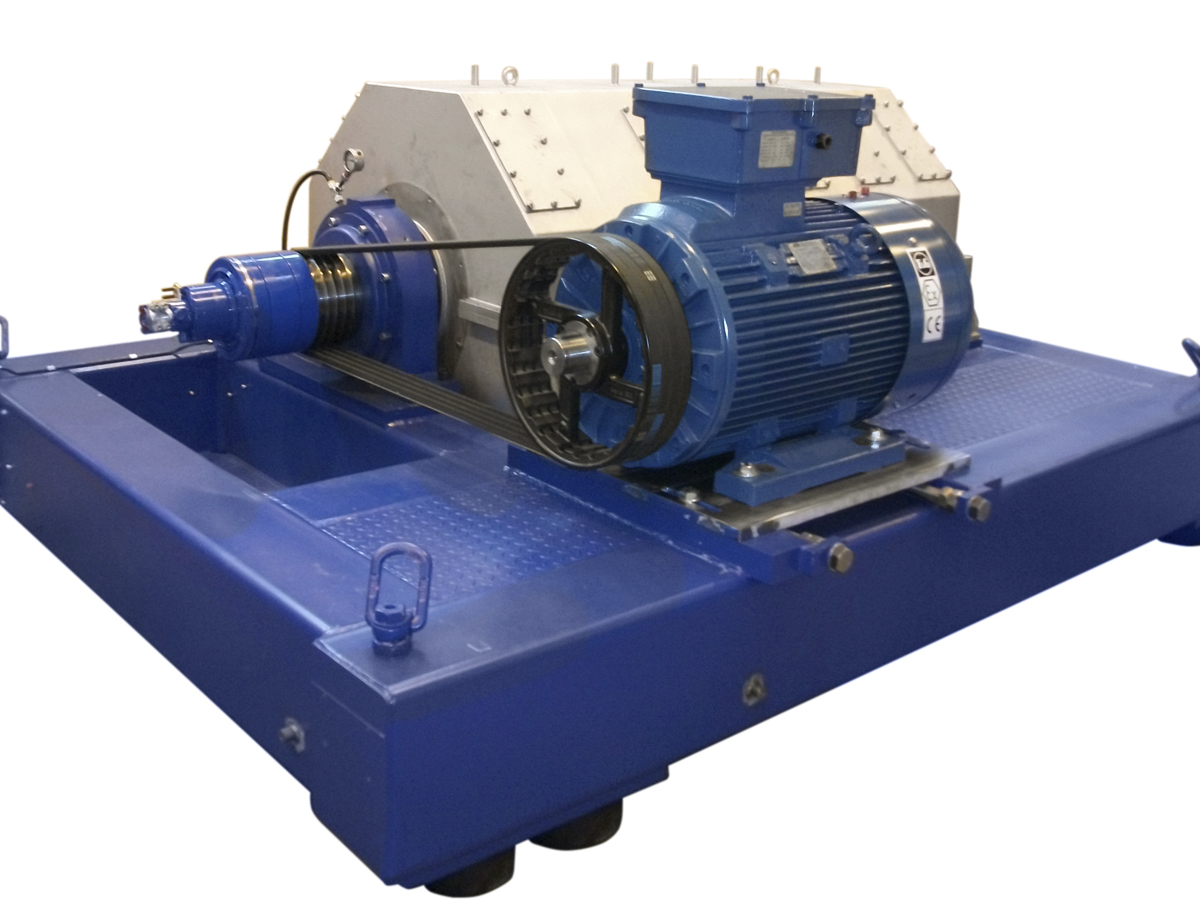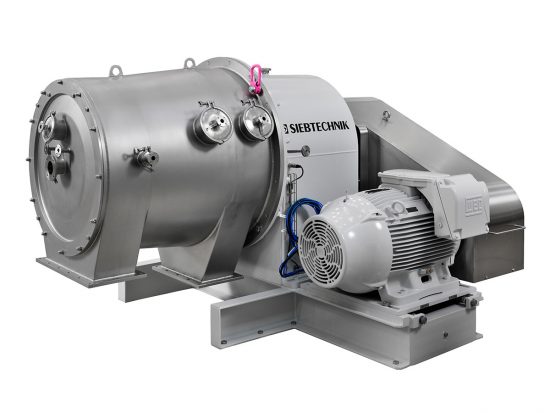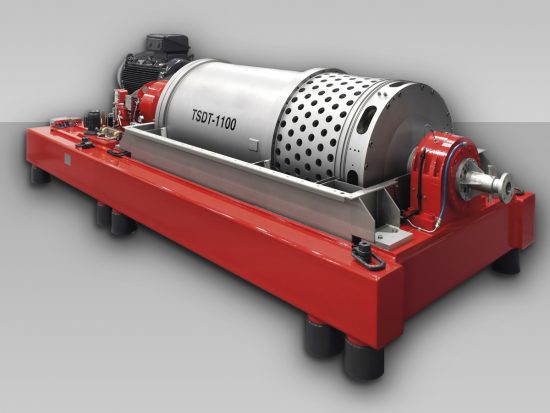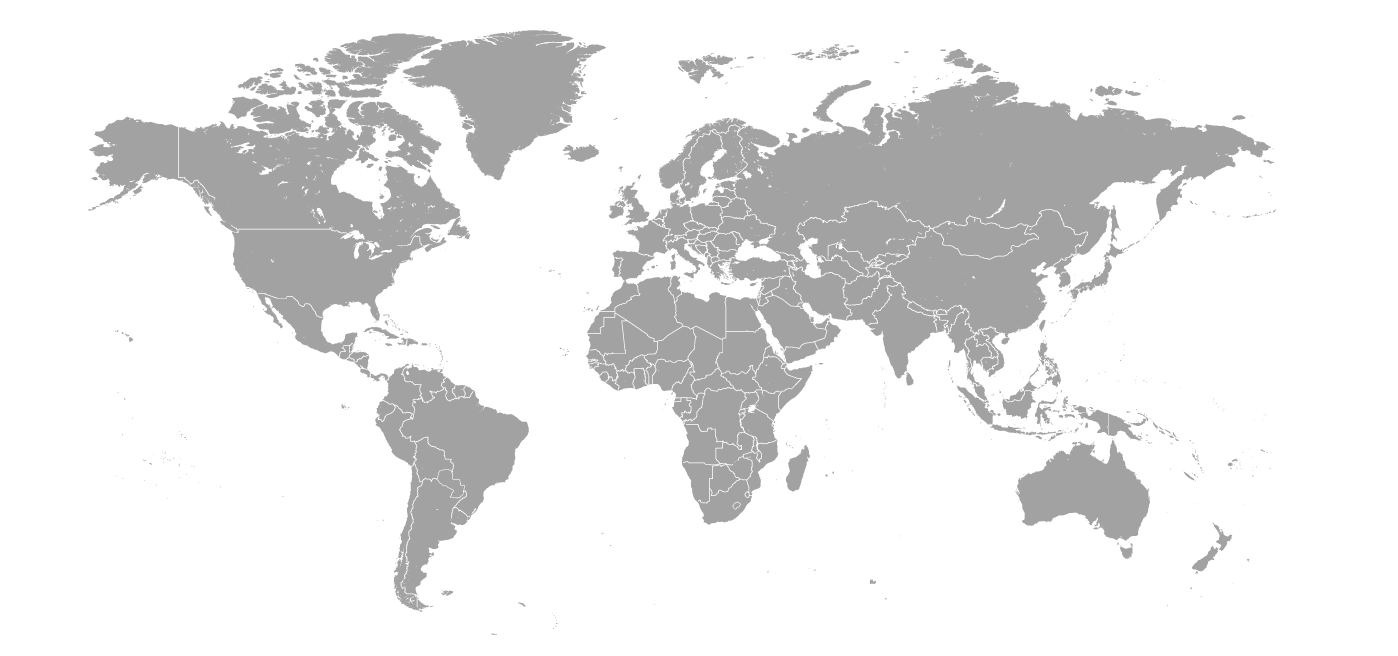Decanter centrifuge – solid bowl
Decanter centrifuge – solid bowl
Individual, functional and versatile
The SIEBTECHNIK TEMA decanter centrifuge is a continuously operating solid-bowl scroll centrifuge in tunnel or pedestal bearing design.
Our decanters are individual, functional and versatile. They offer highly efficient separation of even the finest solid materials together with nearly complete clarification of the liquid phase.
The wish to further and further reduce the pollutant levels in waste water for the lasting protection of our environment (ZLD – zero liquid discharge) and demand by industry for production shops to be as efficient as possible make the decanter one of the most frequently used machines.
Whether it’s highest or the lowest throughputs, lowest or highest temperatures, gas-tight design, chemical resistance or explosion protection – we offer a solution.
Operational reliability under all operating conditions through, amongst other things, oil-circuit lubrication for all bearings, including gear unit and scroll bearings has priority on SIEBTECHNIK decanter centrifuges.
Low maintenance costs as well as individual adaptation and design variants make our decanter centrifuges a unique separating apparatus for nearly all technical separating processes. These include pure separating processes (clarification and solids dewatering), thickening (compacting) and classification both in the open and gastight process.
Operational behaviour and mechanical characteristics
In decanter centrifuges very fine solids are separated from less dense liquid. The solid matter settles in the liquid, so is not retained by a screen element. The solid matter deposited in the solid bowl is conveyed by a worm to the small diameter and there discharged. The clarified solid matter drains away over an adjustable weir at the cylindrical bowl end.
SIEBTECHNIK TEMA decanter centrifuges operate on what is known as the counterflow principle. This means that the suspension to be separated is fed into roughly the middle of the drum, the settled solid matter is conveyed towards the small diameter by the worm rotating at a different speed from the bowl, while the clarified liquid runs over at the opposite end of the bowl.
The level of the liquid in the bowl and so the ratio of the clarification and the drying section of the bowl can be adjusted. This enables optimium adaptation to the separating task.
The difference in speed between worm and bowl is achieved by a high-performance gear unit. The unit is standardly driven by means of V-belts, the centrifuge being fitted with a single drive (fixed gear input shaft) or a dual drive (driven gear input shaft), depending on the speed combination.
Fitting variants
We build all decanter variants with bowl tilts of between 6° and 15°, with a single or a dual drive, a hydraulic drive or with frequency inverter drive, as a two-phase decanter and with various centrate and/or solid discharge variants.
Double conical design for separate washing water discharge available.
Explosion protection / inertising
Explosion protection/inertising
Inertisation of our machines and systems may be necessary for various reasons. In many industrial processes it is necessary for safety reasons to reliably prevent the build-up of an explosive atmosphere through dust or gases (ATEX).
It may also be necessary to seal and overlay the product spaces with inert gas, e.g. nitrogen (N2) or carbon dioxide (CO2), to prevent oxidation and maintain product quality.
Use SIEBTECHNIK specialialists’ many decades of experience in all areas of industry to help seal and inertise the process spaces in your centrifuges.
We will be pleased to work with our customers to draw up an inertising concept for the integration of our machines into existing or scheduled plant systems.
Hygienic Design / CIP
The name SIEBTECHNIK is inseparably associated with dewatering tasks to meet the most stringent hygiene requirements. The separation of batter from frying oil at temperatures of approx. 200°C with the SHORTBOWL decanter centrifuge, the centrifuging of lactose crystals with the SHORTBOWL decanter centrifuge and the CONTURBEX screen worm centrifuge for the manufacture of baby food or the manufacture of extremely pure inorganic salts with our CONTURBEX and pusher centrifuges are some examples. Design features for this are the technical separation of the drive and processing sections of the centrifuge and highly developed sealing systems that are easy to clean by CIP.
For the optimisation of centrifuges in the hygiene sector and/or in areas where e.g. cross-contamination has to be prevented by CIP we use riboflavin tests to examine and optimise cleaning results.
Our self-developed and USDA-certified CIP nozzles, self-developed hygienic screw connections, special hygiene surfaces or our highly developed USDA-conformant sealing technology make many dewatering tasks possible only with our centriguges.
Service
Our reliable service enables optimum operation of your machines and systems. We offer energy optimisation, machine monitoring, an on-site maintenance and & repair service, OEM spare parts, damage cause analysis, maintenance & repair kits, stock inventory analysis, machine history management, personal technical consultation, training & workshops, 24 hr service, retrofitting & upgrades and used & loan machines.
Ask us, we’re there for you.
System solutions
SIEBTECHNIK TEMA has consistently developed itself into one of the world’s most innovative manufacturer of continuous centrifuges and suppliers of system solutions in the field of mechanical and thermal solid-liquid separation since the early 1940s. SIEBTECHNIK/TEMA is your reliable partner for customer-focused, custom-built machines and system solutions.
SIEBTECHNIK TEMA centrifuge and drier systems offer you the latest technology, customer- and product-specific special fittings and individual consultation at the pre-sales stage and reliable support in the after-sales process. For mechanical liquid separation continuously operating centrifuges are often the technically and economically best solution. They separate large volumes in closed housings with little space requirement and low energy and time costs. Also drying on the fluidised bed with fluidised bed driers and coolers has established itself in numerous branches of industry and applications.
Application
- Chalk
- Alumina – Bentonite – Kaolin
- Aluminium hydroxide
- Animal waste – Rendering
- Anthracene
- Bacon rind
- Barium carbonate
- Barley extract
- Basalt
- Bisphenol A
- Black coal
- Calcium carbonate
- Cannabis extract
- Carboxylic acid derivative
- Carboxymethylcellulose CMC
- Carnallite
- Casein
- Cellulose and derivatives
- Chocolate
- Coal
- Coal coke
- Coal from coal washery
- Coal middlings
- Coal sludge
- Coffee extract
- Coffee grounds
- Converter dust
- Fryer oil (Clarification)
- Dicarboxylic acid
- Dimethyl terephthalate DMT (chemical recycling)
- Dimethyl terephthalate DMT (virgin)
- Ethylene-vinyl acetate EVA
- Evaporated salt – NaCl
- Expanded polystyrene EPS
- FEPA abrasives
- Fermentation mash
- Ferrite sludge
- Ferrocene
- Fish meal
- Fish oil – fishbone
- Flavor (Additives – Carriers – Extracts)
- Fracking ZLD
- Fructose
- Fry oil (breading separation)
- Gelatine
- Glauber salt
- Glauber salt – Sodium sulfate decahydrate
- Glycerine (pharmaceutical)
- Grain of maize
- Graphite
- Greaves
- Gypsum
- Herbicides – Insecticides
- High density polyethylen HDPE
- Hydroxyethyl cellulose HEC
- Hydroxypropylmethyl cellulose HPMC
- Insecticide
- Iron hydroxide
- Iron powder
- Isomaltulose
- Lactose
- Lead(II) sulphate
- Low density polyethylen LDPE
- Lysine
- Mash
- Mash of Biofuel DDGS
- Methacrylamide
- Methyl cellulose MC
- Methylmethacrylamide
- Mica
- Minerals
- Molasses
- Monosodium Glutamate MSG
- Nickel formate
- Nickel(II) sulfate
- NPK-fertiliser
- Organic salts
- Paper coatings
- Paper fiber
- Phosphor red
- Polyacrylamide beads
- Polyacrylate
- Polyethylene PE
- Polymethyl methacrylate PMMA
- Polyolefines
- Polyoxymethylene POM
- Polypropylene PP
- Polyvinyl acetate PVA
- Polyvinyl alcohol PVOH
- Polyvinyl butyral PVB
- Polyvinyl chloride PVC
- Potassium chloride – MOP – KCl
- Potassium formiate
- Potassium sulfate – SOP — Sulfate of potash
- Potassium sulfate (Vinasse)
- PVC (recycling)
- Silver Nitrate
- Silver Oxide
- Sodium bicarbonate
- Sodium carbonate – Soda ash
- Sodium chloride
- Sodium gluconate
- Sodium sulfite
- Sorbose
- Soy milk
- Soy wholemeal from ethanol
- Stillage – Mash (DDGS)
- Strontium carbonate
- Strontium nitrate
- Styrene acrylonitrile resin SAN
- Sugar
- Sulfanilic acid
- Surimi – Fish White Meat wash water
- Sweetener – Sugar substitutes
- Tar
- Threonine
- Tinder sludge
- Uranium oxide
- Urea
- Vegetables
- Vinasse
- Vitamin A
- Waste
- Waste slag
- Wastewater (ZLD)
- Wood fiber
- Woodchips
- Zero Liquid Discharge ZLD
- Azelaic acid
- PET recycling (chemical)
- Plastic recycling (chemical)
Advantages
- Continous operation
- Wide range of applications in all areas of industry
- Flexible drive concept
- High machine availability
- Minimum maintenance
- Long service life
Downloads
CentrifugesSIEBTECHNIK TEMA - One Solution. Worldwide.
OEM-Rebuilt Centrifuges
Service Management Centrifuges




